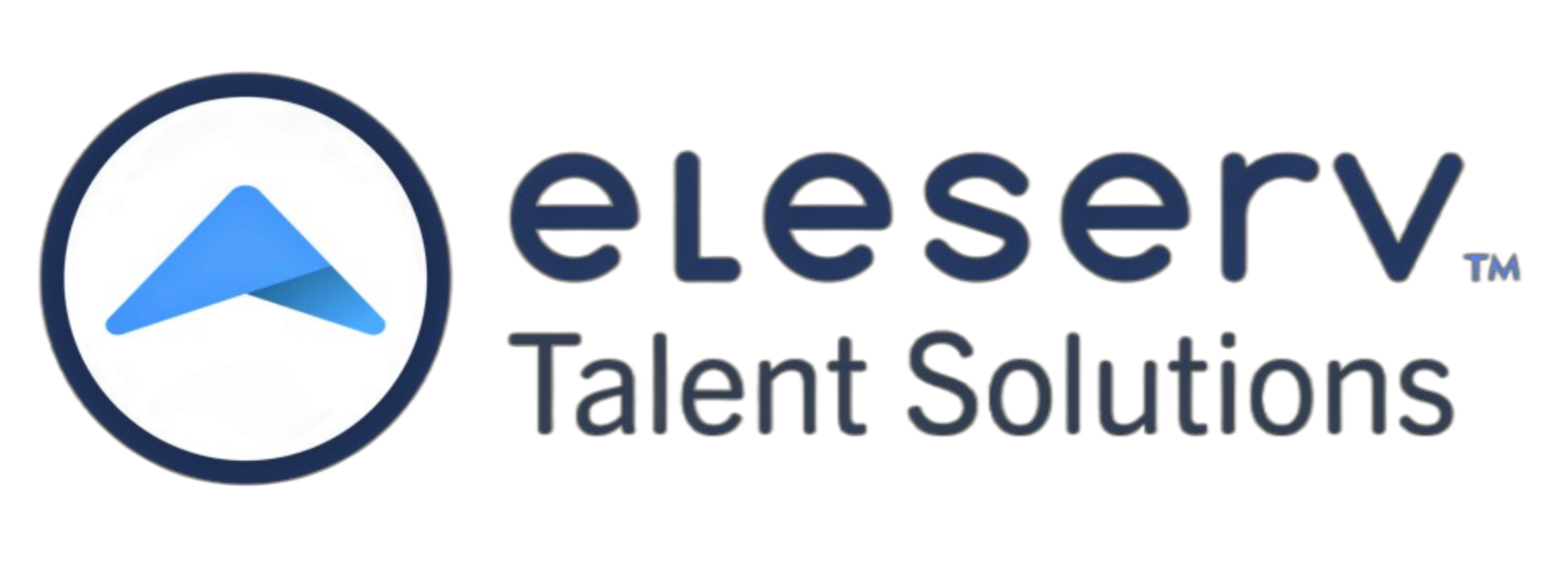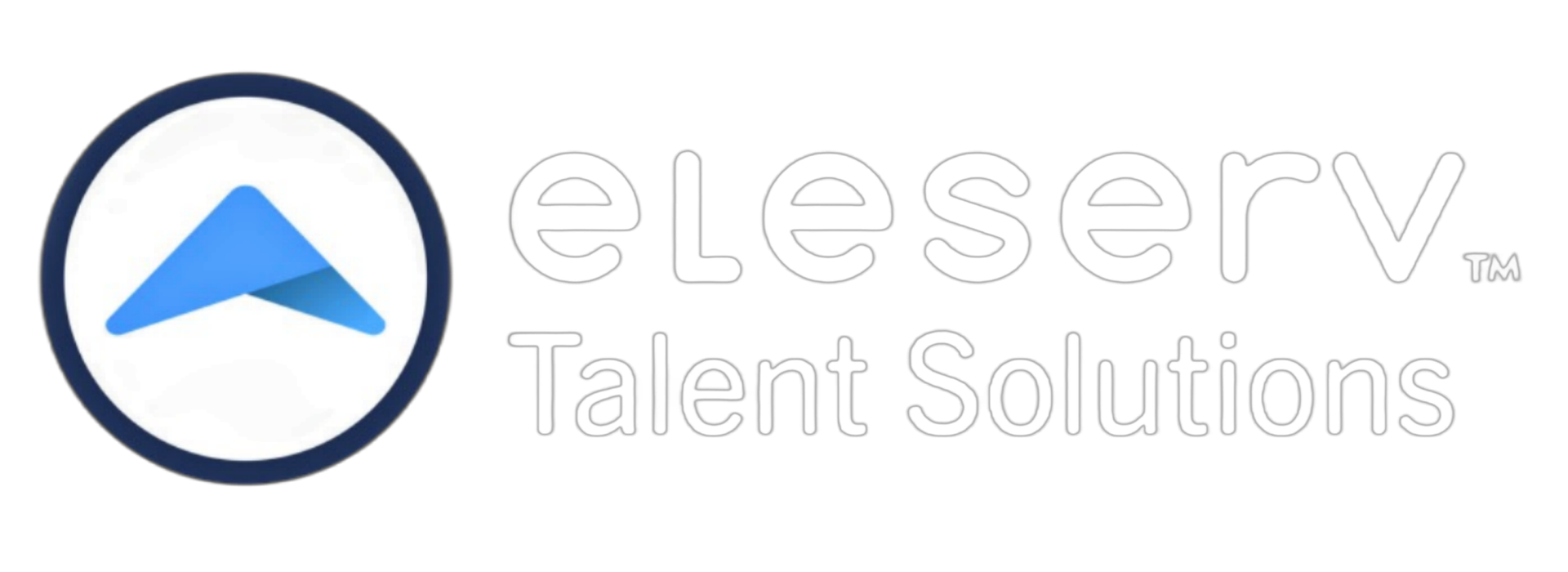Adapting to Thrive: Why Agile Workplaces Matter
John’s company was going through a period of rapid growth when his CEO decided to implement an agile workplace approach. At first, many were skeptical and resistant to change, including John.
But as they began implementing agile methodologies, such as daily stand-up meetings and cross-functional teams, and offer more opportunities for development, they saw a significant shift in their work culture. Communication improved, silos were broken down, and decisions were made collaboratively rather than hierarchically.
John’s experience is only one example of the positive benefits of an agile workplace at work. In our work, we have seen many more.
Corporate agility is a modern approach to how work is done, which focuses on flexibility, collaboration, and adaptability. It is a mindset that values creativity, innovation, and efficiency to achieve business success. However, collaboration, adaptability, innovation, and efficiency are only part of the agile concept. Proactive risk intelligence and adapting based on that intelligence is also a key part of the agile concept.
Changes in technology, changing demographics, and evolving work culture are all reasons agile workplaces have become more popular. In a survey of 253 HR leaders revealed that 63% of them already use some variation of agile methods and principles but in a different study, 91% of organizations stated that adopting Agile is a strategic priority. In today's fast-paced world, organizations are constantly seeking ways to improve their operations and stay ahead of the competition. An agile workplace offers just that – a dynamic and responsive environment that enables organizations to quickly adapt to changes and capitalize on new opportunities.
Elements of an Agile Workplace
There are several key elements that make up an agile workplace. These include:
Flexibility: One of the most important aspects of an agile workplace is flexibility. This includes flexible work schedules, remote work options and activity-based workspaces that allow employees to choose how, when and where they work.
Collaboration: An agile workplace encourages collaboration among team members by providing spaces and tools for effective communication and teamwork. This promotes idea sharing, problem-solving and overall productivity.
Technology: To support a flexible and collaborative environment, technology plays a crucial role in an agile workplace. From video conferencing platforms to project management tools, organizations must invest in the right technology to empower their employees to work efficiently.
Empowerment: An agile workplace empowers employees by giving them autonomy and trust to work in a way that suits their individual needs. This leads to increased motivation, engagement, and job satisfaction.
Adaptability: The ability to quickly adapt to changes may be the most essential element of an agile workplace. This includes being open to innovative ideas, embracing change and continuously improving processes. But it also means proactively adapting to changes in the market, changes in the organization etc.
Benefits of an Agile Workplace on an Organization’s Talent Strategy.
An agile workplace can greatly enhance an organization's talent strategy in the following ways:
Attracting top talent: An agile workplace can be a major selling point for organizations when it comes to attracting top talent. It offers a work-life balance that many employees desire and provides the freedom to work in a way that suits their needs.
Developing skills: A culture of continuous learning and development is a critical part of an agile workplace. As employees are given opportunities to improve their skills, the organization experiences more flexibility as new projects arise and ensures that the organization is prepared for changes in the market and industry trends.
Retaining employees: In an agile workplace, employees are more likely to feel valued, engaged and motivated to stay with the organization. Higher job satisfaction yields higher retention rates. Creating a positive culture: The values of an agile workplace – flexibility, collaboration, empowerment, and a culture of continuous learning – align with those of a positive work culture. By fostering an agile workplace, organizations can create a culture that promotes creativity, innovation, and overall employee well-being.
In today's ever-changing business landscape, an agile workplace has become essential for organizations to stay competitive and attract top talent. It not only benefits employees by providing a better work experience, but also helps organizations achieve their goals more efficiently. So, it is important for organizations to embrace the concept of an agile workplace and incorporate it into their talent strategy in order to thrive in today's market.
Not sure where to start, contact us and let's talk.


